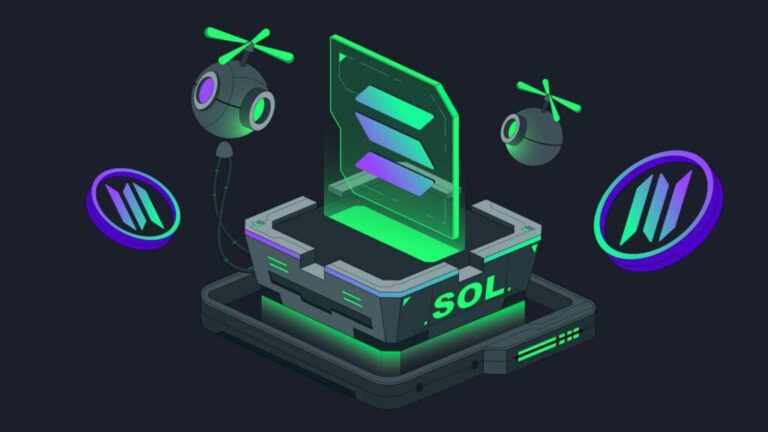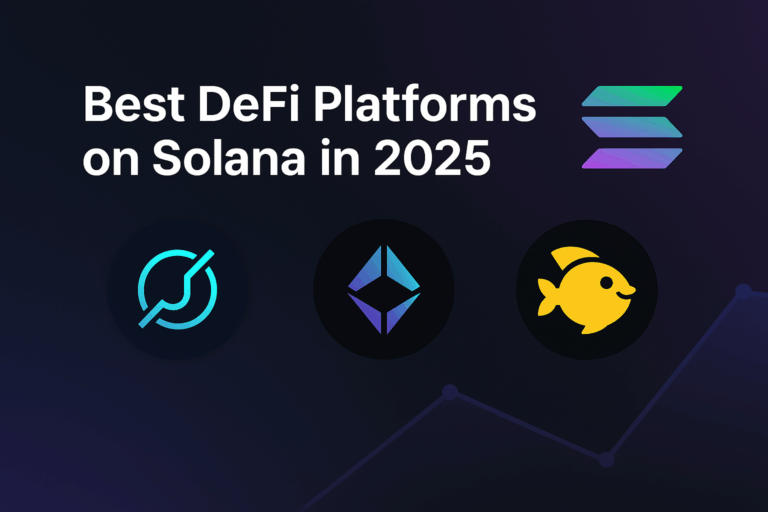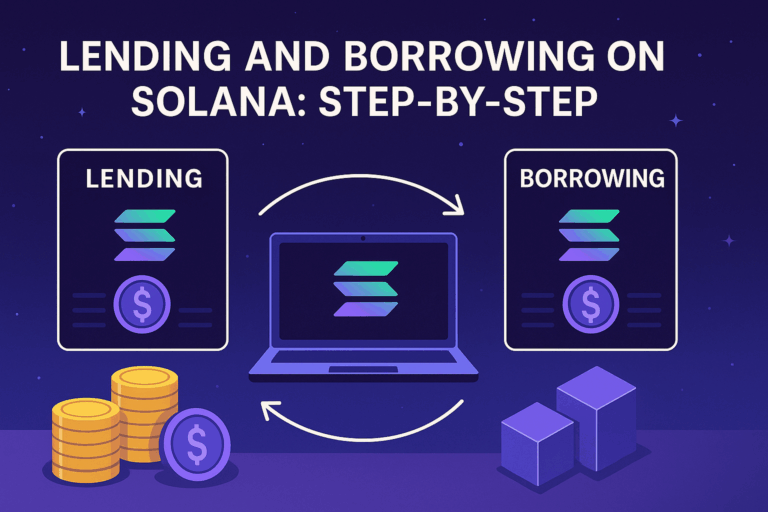Earn Passive Income with Solana Liquidity Pools
Decentralized finance (DeFi) has opened up countless opportunities for investors to grow their wealth without traditional financial intermediaries. Among the most promising methods is earning passive income through Solana liquidity pools. As one of the fastest and most scalable blockchains, Solana offers users the ability to stake their assets and generate attractive yields. In this guide, we’ll break down everything you need to know about Solana liquidity pools, including how they work, potential risks, and strategies to maximize your earnings.
Table of Contents
What Are Solana Liquidity Pools?
Liquidity pools are smart contracts that lock in pairs of tokens, allowing decentralized exchanges (DEXs) to function efficiently without centralized order books. On Solana, platforms like Raydium, Orca, and Serum use liquidity pools to enable fast and cheap swaps. By providing your tokens to these pools, you become a liquidity provider (LP) and earn rewards in return.
Key Features of Liquidity Pools
- Automated Market Maker (AMM): Ensures trading by using algorithms instead of buyers and sellers.
- Token Pairing: Liquidity is provided in pairs, e.g., SOL/USDC.
- Rewards: Providers earn fees from swaps and sometimes extra incentives like governance tokens.
How Do You Earn Passive Income with Solana Liquidity Pools?
The process is straightforward. Investors deposit tokens into a pool, and in exchange, they earn a share of trading fees and possibly farming rewards. Let’s break it down:
- Choose a DEX like Raydium or Orca.
- Deposit token pairs (e.g., SOL and USDC).
- Receive LP tokens representing your share in the pool.
- Earn passive income via trading fees and incentives.
Types of Rewards
- Trading Fees: A percentage of transaction fees distributed to liquidity providers.
- Yield Farming: Additional rewards offered in native or governance tokens.
- Staking LP Tokens: Some platforms allow you to stake LP tokens for even more rewards.
Benefits of Solana Liquidity Pools
Why choose Solana over other blockchains for liquidity pooling? Here are the advantages:
- High Speed: Solana can handle over 50,000 transactions per second.
- Low Fees: Transactions cost just fractions of a cent.
- Growing Ecosystem: Platforms like Raydium, Serum, and Orca are expanding rapidly.
- Attractive Rewards: Many pools offer double or triple-digit annual percentage yields (APYs).
Risks of Providing Liquidity on Solana
While the rewards can be appealing, there are risks involved:
Impermanent Loss
When one token in a pool fluctuates significantly compared to the other, providers may end up with fewer assets in terms of value.
Smart Contract Risk
Bugs or exploits in the protocol’s code can lead to loss of funds.
Market Volatility
Crypto markets are highly volatile, meaning token values can change drastically in a short time.
Platform Risks
Some DEXs may lack liquidity, making it harder to withdraw funds quickly.
Best Solana Liquidity Pool Platforms
Several platforms offer lucrative liquidity pools. Here are some of the most popular:
| Platform | Key Features | Notable Pools |
|---|---|---|
| Raydium | High liquidity, yield farming options | SOL/USDC, RAY/SOL |
| Orca | User-friendly, simple interface | SOL/USDC, ORCA/SOL |
| Serum | Central limit order book, fast trades | SOL/USDT, SRM/USDC |
Step-by-Step Guide: How to Start with Solana Liquidity Pools
If you’re ready to get started, follow this simple process:
- Set up a Wallet: Use Phantom Wallet or Solflare.
- Buy Solana (SOL): Acquire SOL from a centralized exchange like Coinbase or Binance.
- Connect to a DEX: Visit Raydium or Orca and connect your wallet.
- Select a Pool: Choose a pair like SOL/USDC.
- Deposit Tokens: Provide equal value of both tokens into the pool.
- Start Earning: Receive LP tokens and begin earning rewards.
Strategies to Maximize Returns
To make the most out of your investment, consider the following:
- Diversify: Spread funds across multiple pools to reduce risk.
- Reinvest Rewards: Compound your returns by staking or farming earned tokens.
- Stay Informed: Monitor updates from Solana and DeFi projects regularly.
- Risk Management: Only invest what you can afford to lose.
Frequently Asked Questions (FAQ)
Is it safe to provide liquidity on Solana?
It can be profitable, but risks such as impermanent loss and smart contract bugs exist. Always do research before investing.
What is the minimum investment required?
There’s no fixed minimum, but you need enough tokens to cover transaction fees and meet pool requirements.
How much can I earn?
Earnings depend on the pool’s APY, trading volume, and market conditions. Some pools offer yields of 20–200% annually.
Can I withdraw anytime?
Yes, most pools allow withdrawal at any time, but your returns may vary depending on market conditions.
Conclusion
Solana liquidity pools provide an exciting opportunity for investors to generate passive income in the rapidly evolving DeFi ecosystem. With fast transactions, low fees, and growing adoption, Solana is becoming a top choice for liquidity providers. However, like all investments, it’s essential to weigh the rewards against the risks. Start small, diversify your holdings, and continuously educate yourself. If done wisely, liquidity pooling on Solana can become a rewarding stream of passive income in your crypto portfolio.
Ready to get started? Open a Solana wallet, connect to a trusted DEX like Raydium or Orca, and begin your journey to earning passive income today.



Comments